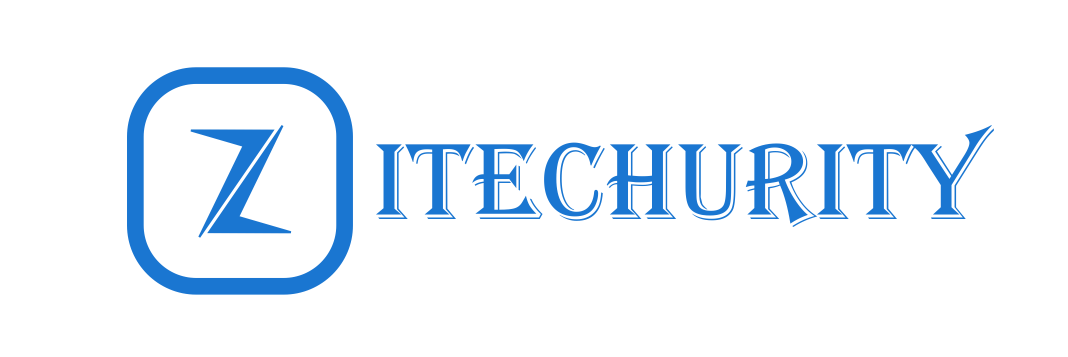Clear, concise, and well-organized technical documentation is essential for any successful software project. Markdown, a lightweight markup language, has become the go-to format for writing developer-friendly documentation due to its simplicity and easy integration with popular tools. At Zitechurity, we share proven strategies to help you write better technical documentation using Markdown in 2025.
Why Use Markdown for Technical Documentation?
Markdown allows you to focus on content without worrying about complex formatting. Its plain-text files are easy to version control, collaborate on, and render beautifully across platforms. Whether you’re documenting APIs, libraries, or user guides, Markdown strikes a perfect balance between readability and flexibility.
Step 1: Structure Your Documentation Clearly
Use Markdown’s heading syntax (#, ##, ###) to create a logical, hierarchical document outline. Start with a main title, followed by sections and subsections to guide readers through your content efficiently.
Example:
text# Project Overview
## Installation
## Usage
### Examples
## API Reference
Step 2: Use Emphasis and Formatting to Highlight Key Points
Markdown syntax allows bold (**bold**), italics (*italic*), and strikethrough (~~strikethrough~~) to draw attention to important notes, warnings, or deprecated features without cluttering the text.
Step 3: Include Code Blocks with Syntax Highlighting
Present code snippets clearly using fenced code blocks with language identifiers for syntax highlighting:
pythondef greet():
print("Hello, Zitechurity!")
This improves readability for developers following your instructions.
Step 4: Utilize Lists and Tables for Complex Data
Break down steps, features, or parameters using numbered or bulleted lists. Use tables to organize structured information like API endpoints or configuration options.
Example table:
| Option | Description | Default |
|---|---|---|
port | Port number for the app | 8080 |
debug | Enable debug mode | false |
Step 5: Add Links, Images, and References
Include hyperlinks to related resources or internal documents to create a cohesive knowledge base. Use images or diagrams to visually clarify complex concepts.
text[Learn more about Markdown](https://www.markdownguide.org)
Step 6: Maintain Consistency and Use Templates
Stick to consistent terminology, formatting, and tone throughout your documentation. Use Markdown templates for repetitive sections like API endpoints or installation guides to streamline the writing process.
Bonus: Markdown Tools for Better Documentation
Leverage tools like Visual Studio Code with Markdown plugins, static site generators (e.g., MkDocs, Docusaurus), and Markdown linters to enhance your writing experience and automate quality checks.
Markdown empowers technical writers and developers to create clear, accessible, and maintainable documentation. At Zitechurity, we recommend adopting Markdown best practices to improve your documentation quality and developer experience.


